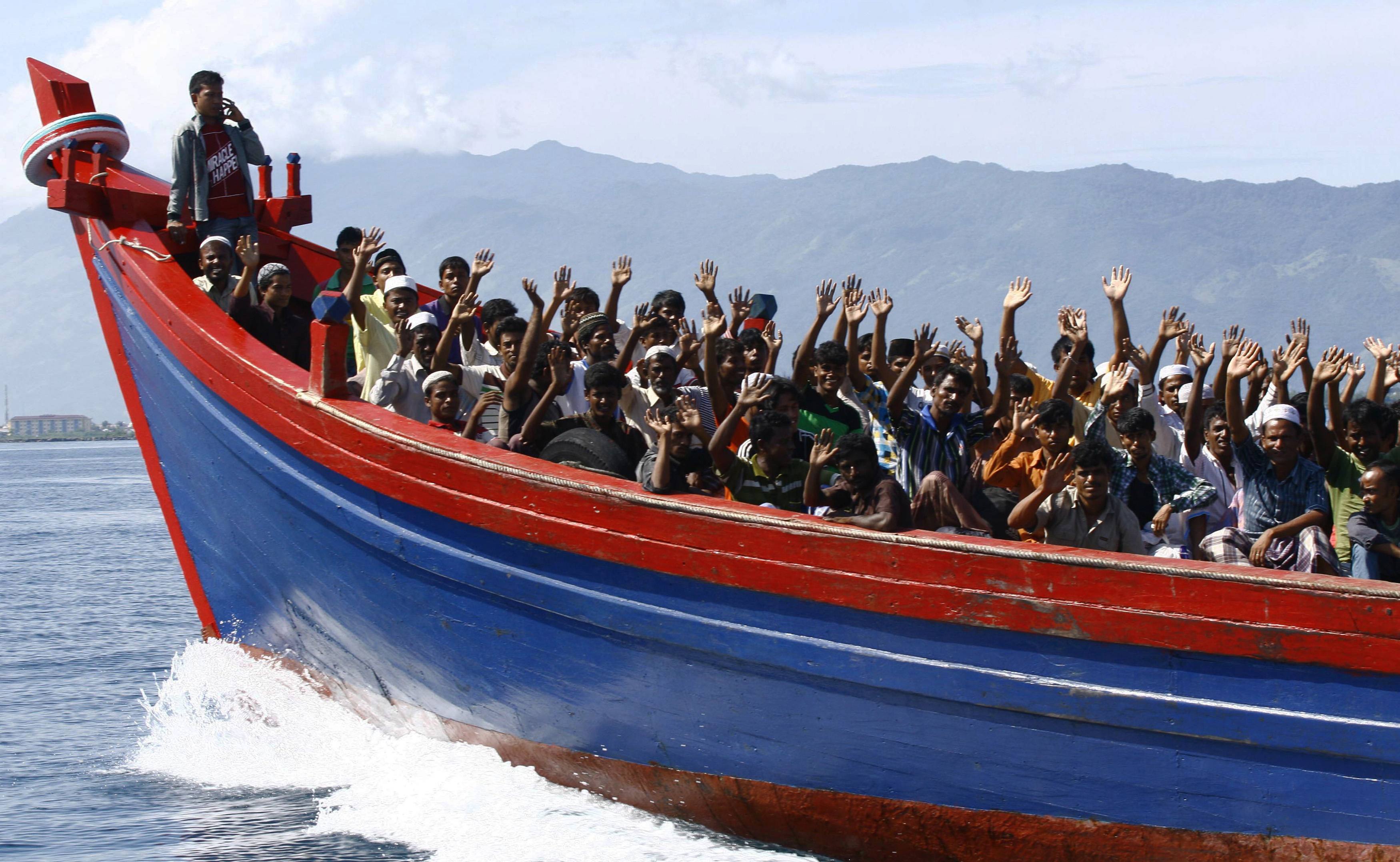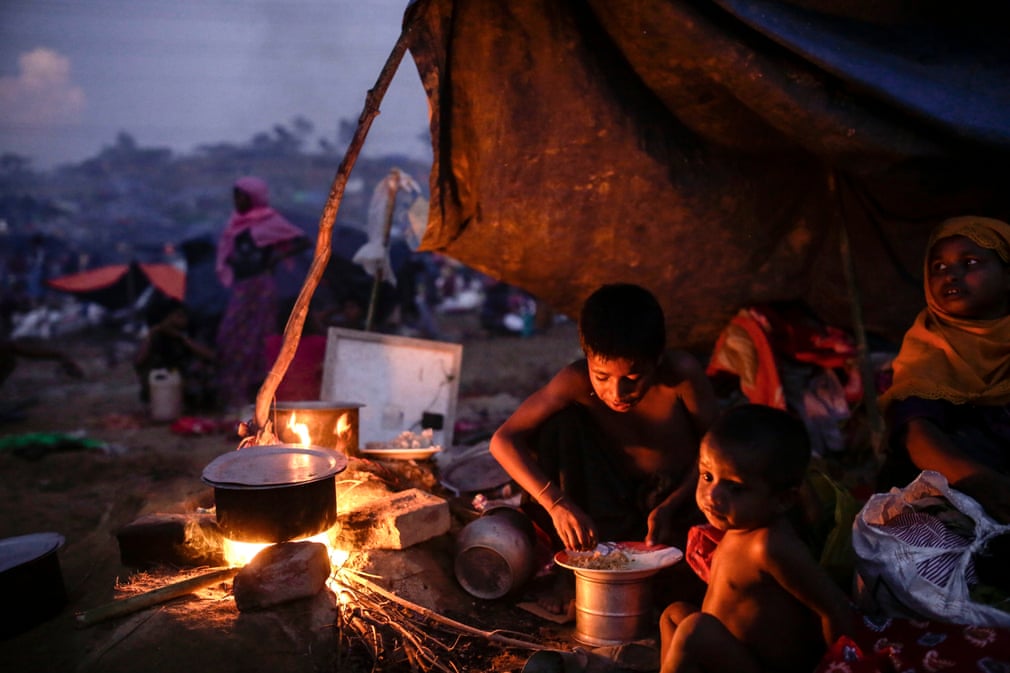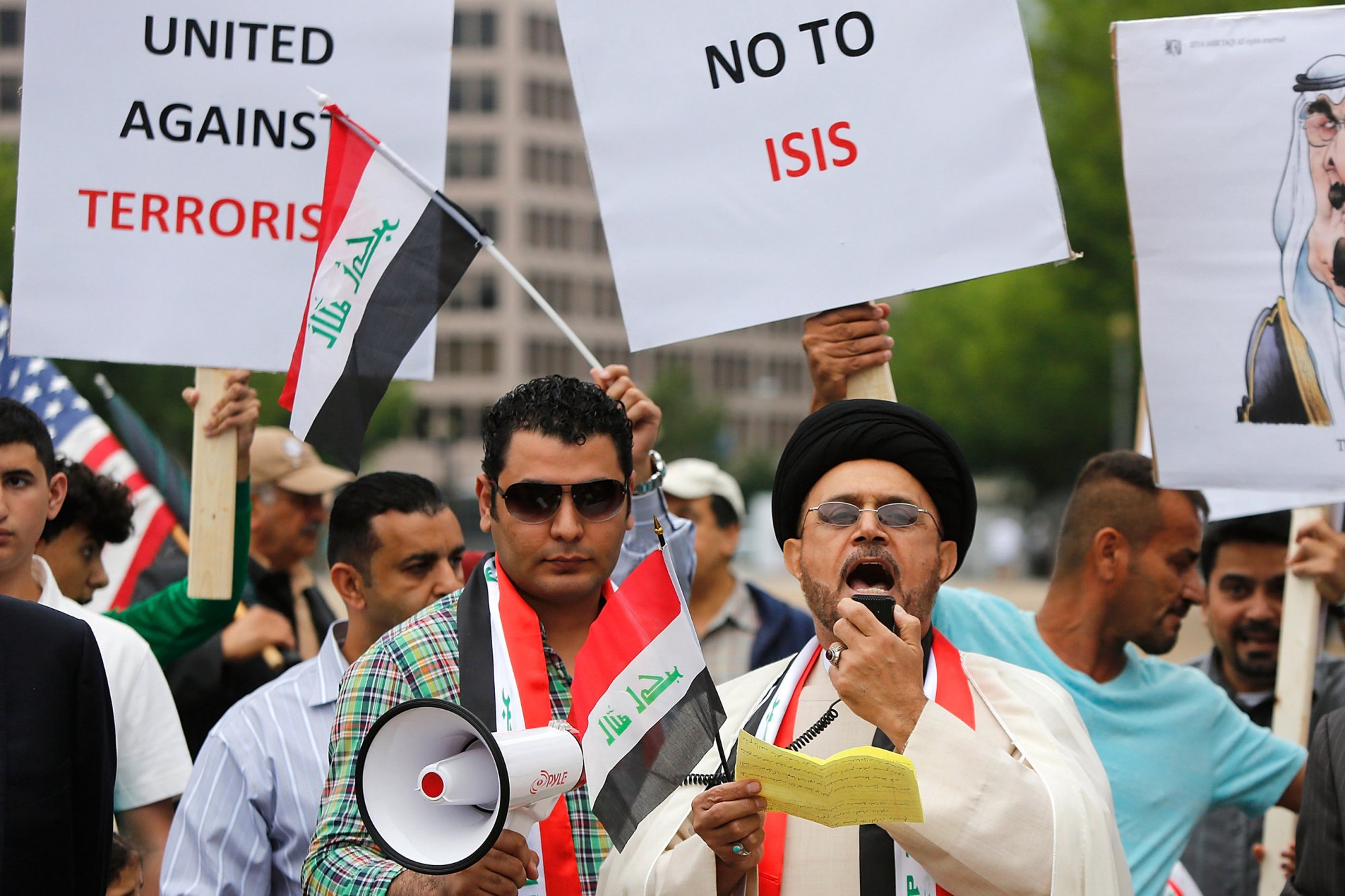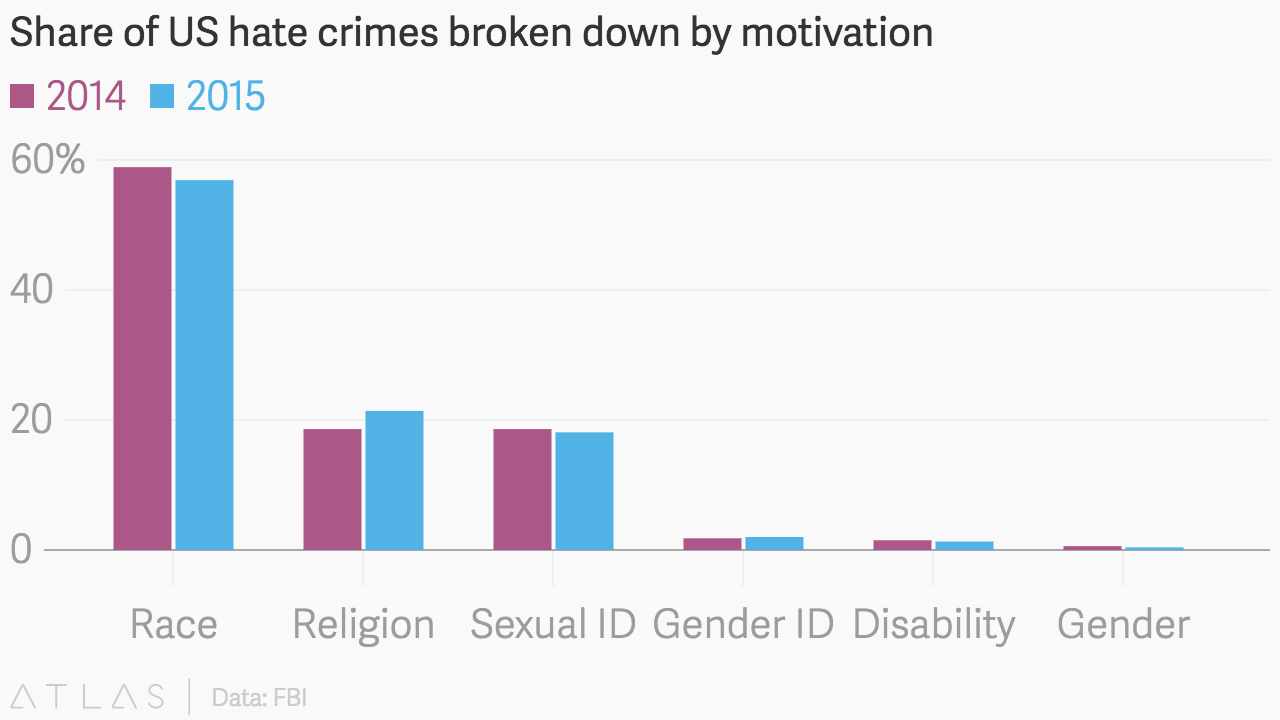
Representational image: People at an NRC enrollment center.
The ongoing hullabaloo over the Government of India’s National Register of Citizens (NRC) in Assam is very much understandable. The final NRC draft, published very recently on 30th July, 2018, left out a staggering 40,07,707 people from a pool of thirty two million plus claimants to the prized status of Indian citizenship. To completely comprehend the behemoth scale of this one of a kind exercise undertaken by the government, it is imperative to know why and how the NRC is being implemented with such vigour today.
Assam, one of the leading states from the seven sisters of the North East, has had an almost perennial problem of illegal immigration. Ever since colonial times, administrators from the British Raj maintained a lax perspective towards unrecorded influx of people. People from Bengal travelled all the way to Assam in search of fertile lands. This influx gathered momentum after the treaty of Yandabo was enforced by the colonialists. Post partition, this problem was magnified on panoramic proportions. Official estimates from 1948 pegged the number of illegal immigrants at around 150,000 people, although unofficial estimates claim as high as 500,000. The government of India, under pressure, decided to enact Immigrants (Expulsion from Assam) Act, 1950. Henceforth, the NRC was conceptualized and implemented for the very first time in 1951- coupled together with the official census for the year.
However, there existed several challenges in the implementation of the NRC. Bureaucratic red tape, along with political factors at play delayed the act of detection and expulsion of these illegal residents- until the Students Agitation of 1979 forced the sleeping government to wake up and take notice, finally culminating in the signing of the Assam Accord in 1985 by the-then Prime Minister, Shri. Rajiv Gandhi. It formulated a three point Standard Operating Procedure to drive out these illegal entrants. As expected, however, the plan remained caged to the papers and never saw the light of the day in its totality.
After a span of several decades, the issue of preparation of an exhaustive NRC was reinvigorated in 2014, when the apex court directed the Union Government and the Govt. of Assam to immediately formulate such a list in accordance with the Citizenship Act of 1955 and the Citizenship Rules, 2003. This gargantuan task was undertaken with full gusto by a 55,000 strong workforce. Now that their results are out in the open, it is probably worth introspecting if indeed the NRC is a practicable idea, and if so, the reasons behind it.
Reading the fine print
As had been discussed earlier, the final draft list of the NRC left out a sizeable chunk of the population, creating an uncomfortable ambience of anxiety and worry. The process was conducted in extreme haste, owing to the tight deadlines by the Supreme Court bench. While the popular reception in Assam has been very positive, its implementation has clearly not been celebrated. The BJP came to power in the State with the focal agenda of driving out the Bangladeshi immigrants- and so far, they seem successful.
The National Register of Citizens brings with it obvious benefits. It reduces the strain on the economy by a great extent, ensuring only natural citizens of India are entitled to the privileges of a permanent national identity and economic independence. Secondly, it would help prevent a wide-scale demographic and cultural transcend– retaining the native traditions and lifestyle as they are supposed to be. Third, and most importantly perhaps for the political parties, it would impede any attempt to undermine the political map of the region– thus ensuring a more open and fair legislature in the true sense of the term. Taking into consideration all of the above factors, there have been several proposals, especially by other North Eastern bodies, to have NRC registers in their respective states. The big question is, will it be worth the hassle?
The implementation of the NRC in Assam offers several takeaways. Even after two revisions to the draft list, there have been notable omissions- including those of a serving and former legislator. This only goes on to highlight the inherent flaws of the NRC, and the scale of subjective bias in the entire process. More importantly, it (the NRC) is a very potent tool to foment communal trouble. The State government has boasted in open light that the NRC once implemented, would help segregate and ostracize the illegal Mohammedan populace from their rightful Hindu counterparts. This is a near-perfect alibi for playing the religious card- and it has the potential to wreak much havoc if toyed around with. The change of objective from creating a State of legal residents from a mix has now lamentably degraded itself into a division between the Hindu and the Muslim community- transpiring the clear idea of divisiveness between the lines of a wide-scale implementation. India suffers from a problem of loopholes everywhere, and any proposal that apparently seems infallible and outrageously correct would always have a grey side to it. In addition, the NRC exercise is never a cheap option to digest- the entire implementation in Assam costed the government an approximate of a twelve hundred crores- a significant financial burden. It is thereby probably safe to conclude that extending the idea of NRC to other states would only be an assignment in vain, and undoubtedly open the much loathed metaphorical can of worms.
The Last Say
At present, the State of Assam owes a patient hearing to the plight of the four million people excluded from the drafts of the NRC. People who have lived here for a long time, or those who know no home, must not be left stranded in any eventuality. How India addresses the fate of those left out, will ascertain whether its democracy can lay claim to being humane or not. My opinion, as far as the proposals to extend the NRC to other states is concerned, is to adopt a policy of wait and watch. If the Assam model indeed works out, it would probably be worth it to replicate, and if it fails, it would be wise to abstain and abort from any more hurried execution of such expansive citizenship enrollment schemes.



